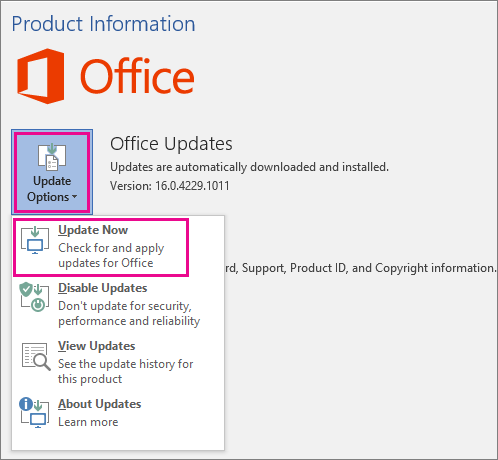

It automatically creates an application manifest and a deployment manifest for the solution during the first deployment, or updates existing manifests.


Office 2007 and above support click once technology and can handle auto updates automatically. This post attempts to provide an end to end walk through to achieve this in your Office 2003 VSTO solutions. The objective of this post is to provide a method to send future updates/upgrades of your Office 2003 solutions to your end user seamlessly without any user intervention. I happened to read many articles and posts saying that VSTO add-ins targeting Office 2003 cannot auto update themselves using click once technology.


 0 kommentar(er)
0 kommentar(er)
